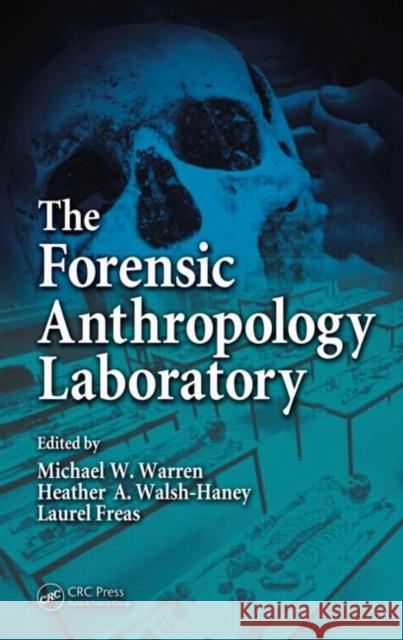The Forensic Anthropology Laboratory » książka
The Forensic Anthropology Laboratory
ISBN-13: 9780849323201 / Angielski / Twarda / 2008 / 240 str.
Presenting a rare glimpse into the various laboratories that involve forensic anthropology, The Forensic Anthropology Laboratory reveals the ways in which anthropologists document, process, and collect data for academic research and practical and legal applications, including time of death, trauma analyses, and the identification of unknown human remains.
Drawing from a wide range of sources, the book begins with detailed descriptions of how body donations are received and processed. It includes extraordinary photos documenting the steps taken to ensure that each body part is tracked from the moment it is received through the decomposition and skeletonization processes. Dr. David Hunt, of the Smithsonian Institution, discusses destructive analysis, diagnostic imaging, casting, and all types of anthroposcopic and anthropometric data collection methods.
The book also compares the duties of full-time forensic anthropologists in a medical examiner's office with their academic counterparts, discussing staffing, physical plant concerns, field recovery procedures, and laboratory processing. It stresses the variety of required skills, including fingerprinting and other trace evidence procedures, and highlights casework examples from FACES, illustrating the technology used to establish identifications through facial reconstruction, photographic superimposition, and age progression. Using examples from the World Trade Center, Hurricane Katrina, and the Asian Tsunami disasters, the book examines the roles of forensic anthropologists and pathologists as mass fatality responders. It discusses practical issues and explains how and where the mobile disaster morgue can be used, including morgue floor plans and equipment.
A one-of-a-kind survey of a variety of forensic anthropology laboratories, the editors provide an insider's view of functioning laboratories as reported by some of the most respected and prolific anthropologists in clinical, research, and academic settings.











